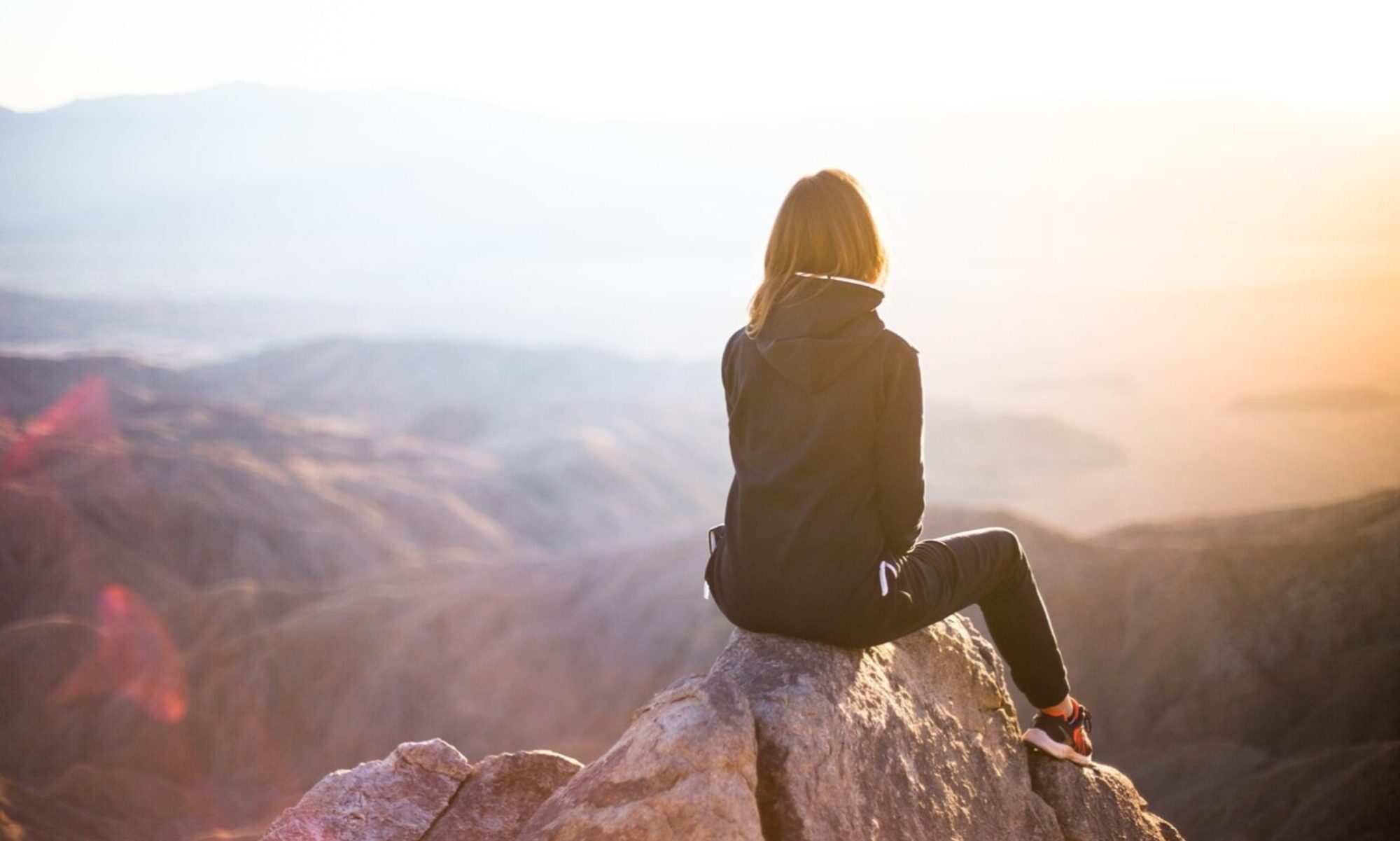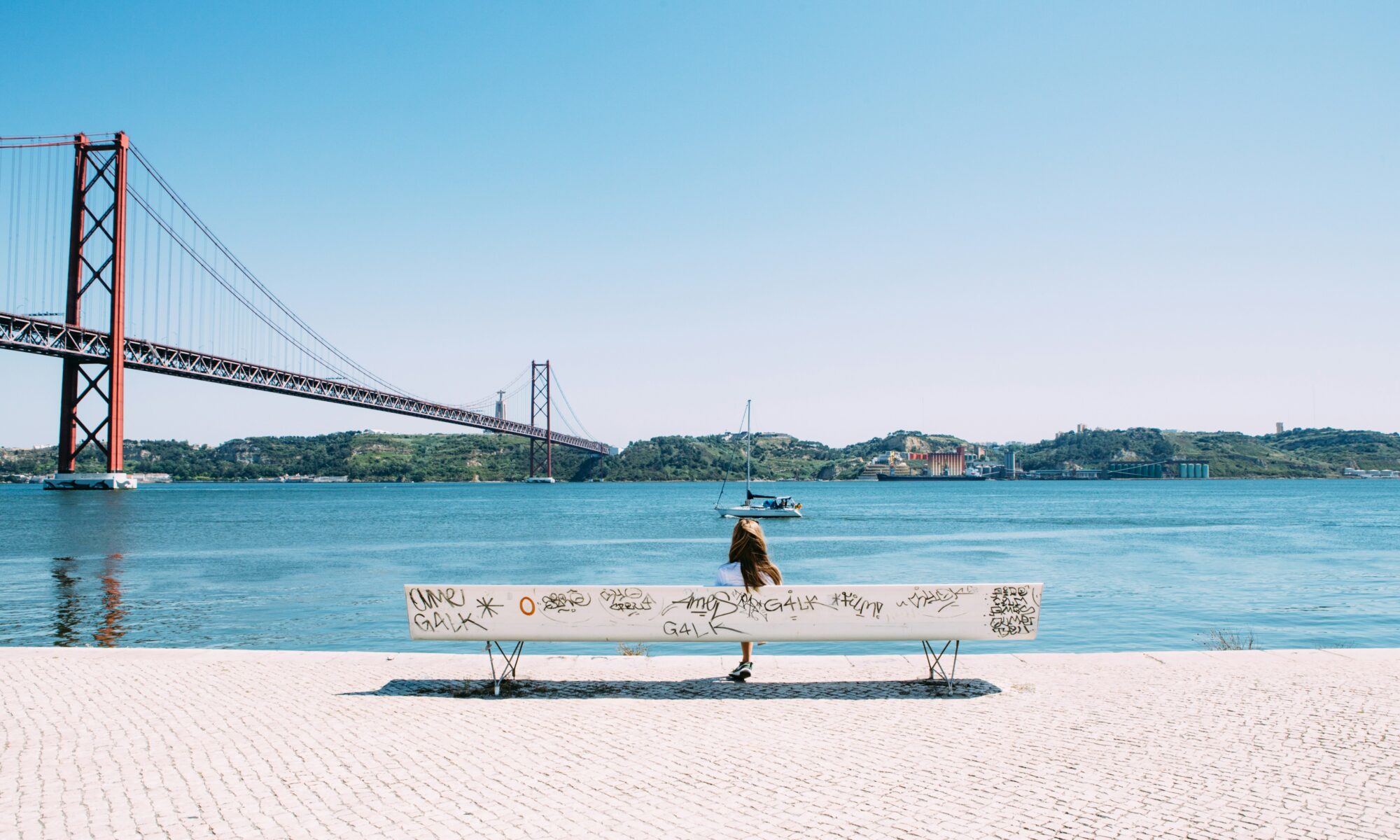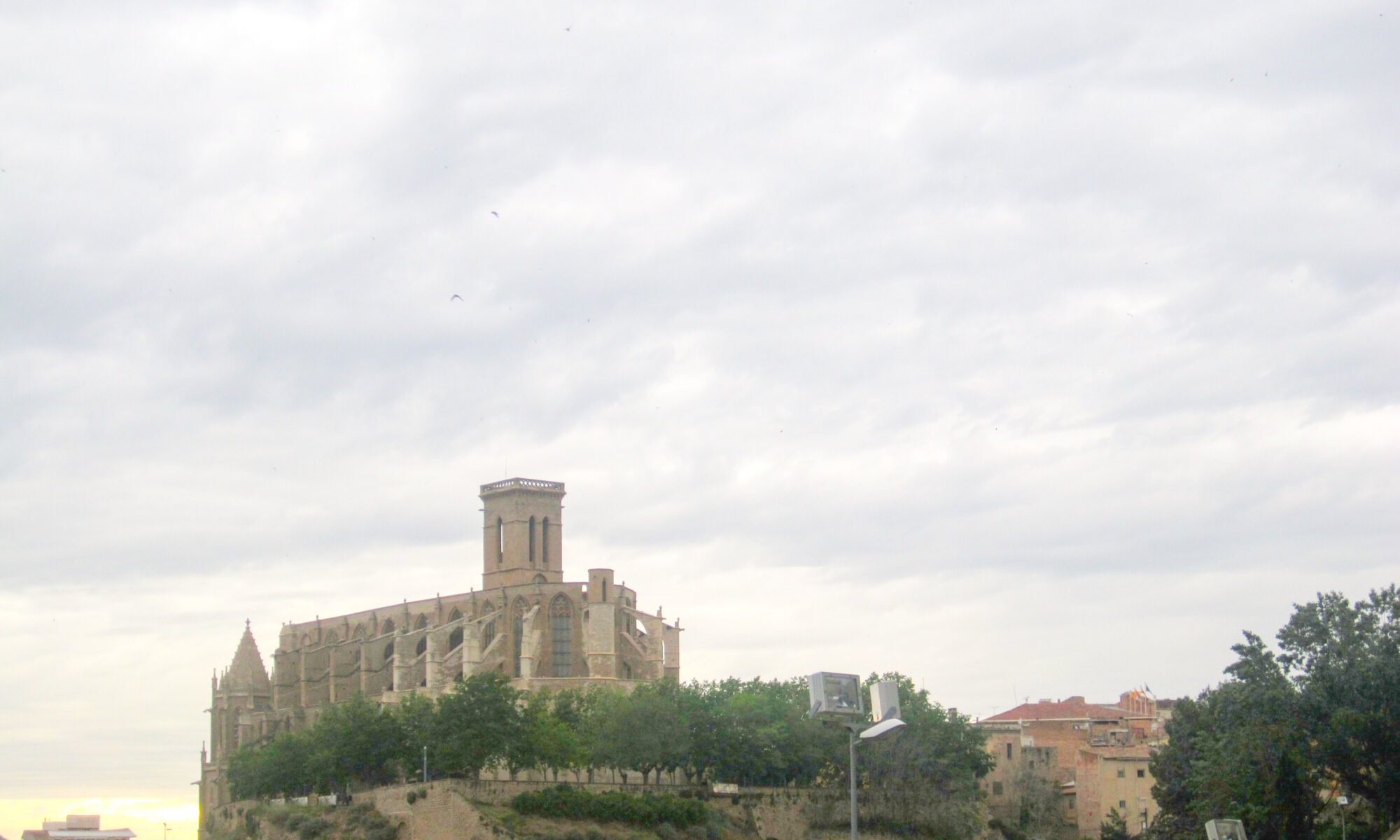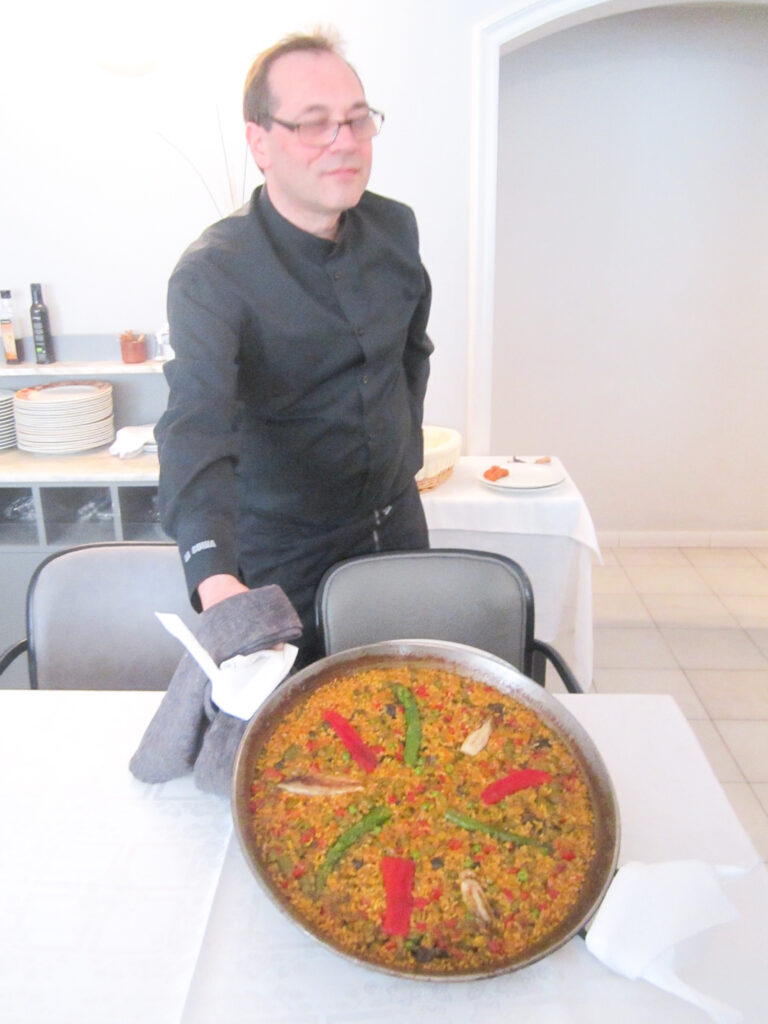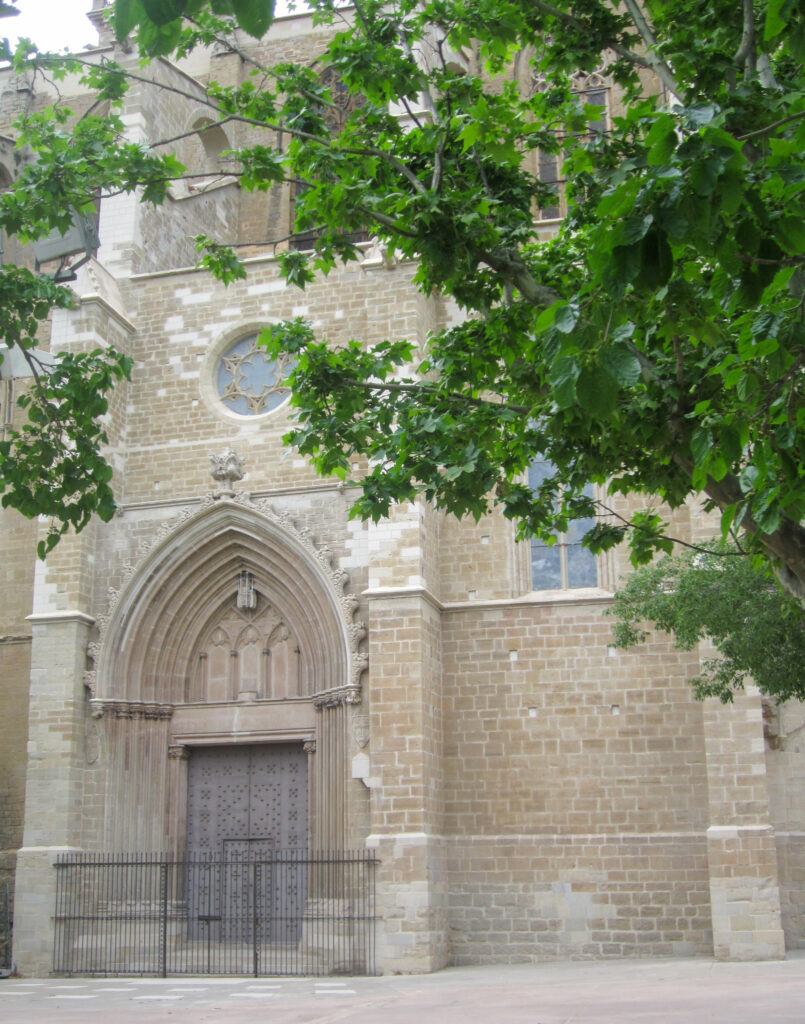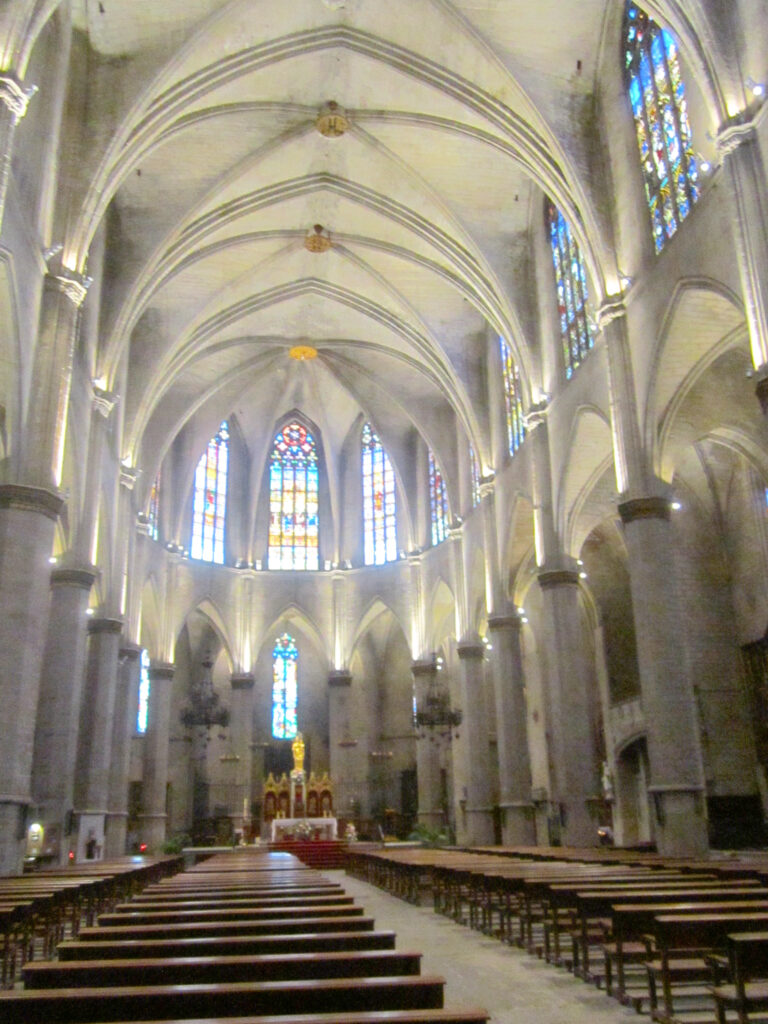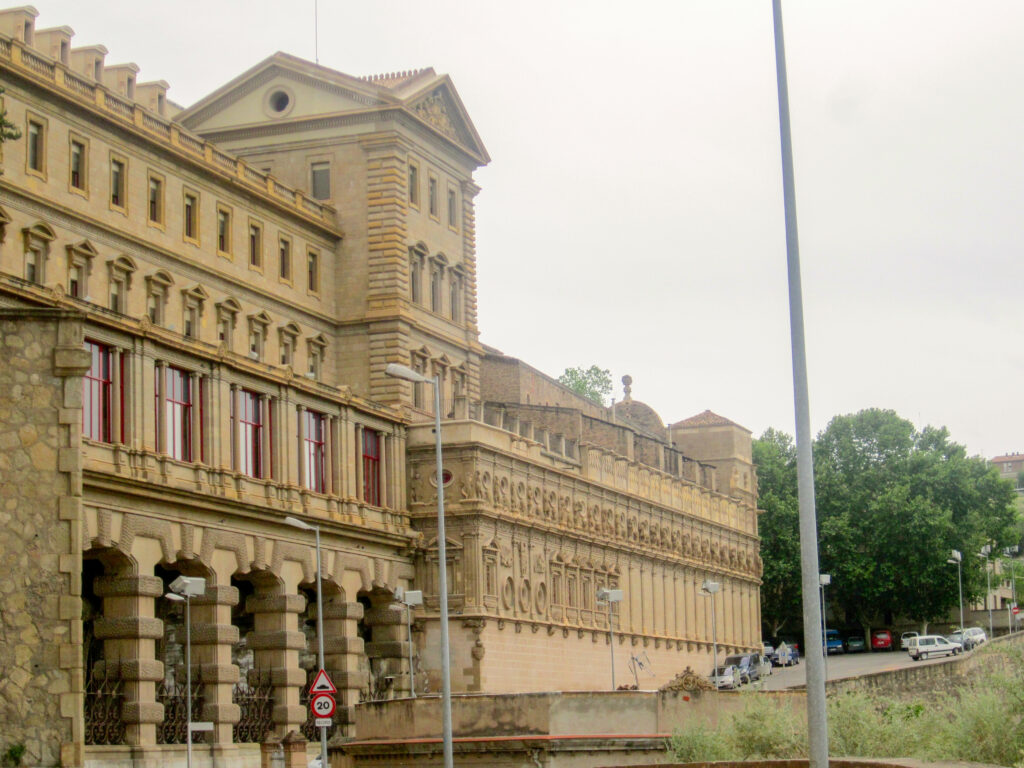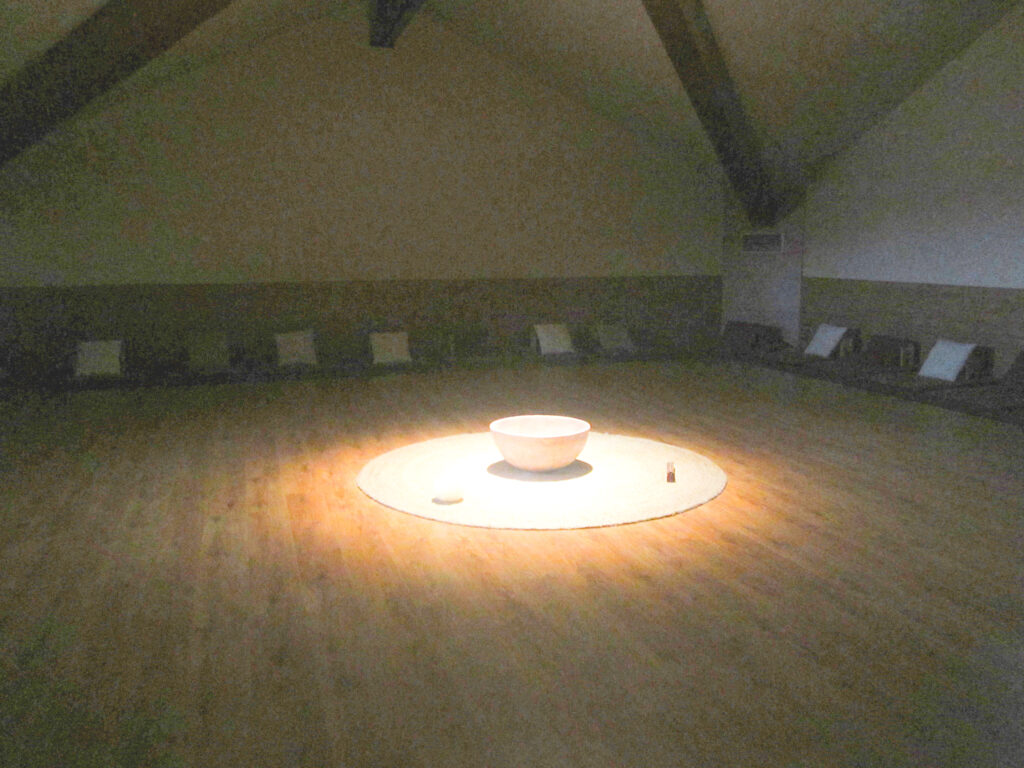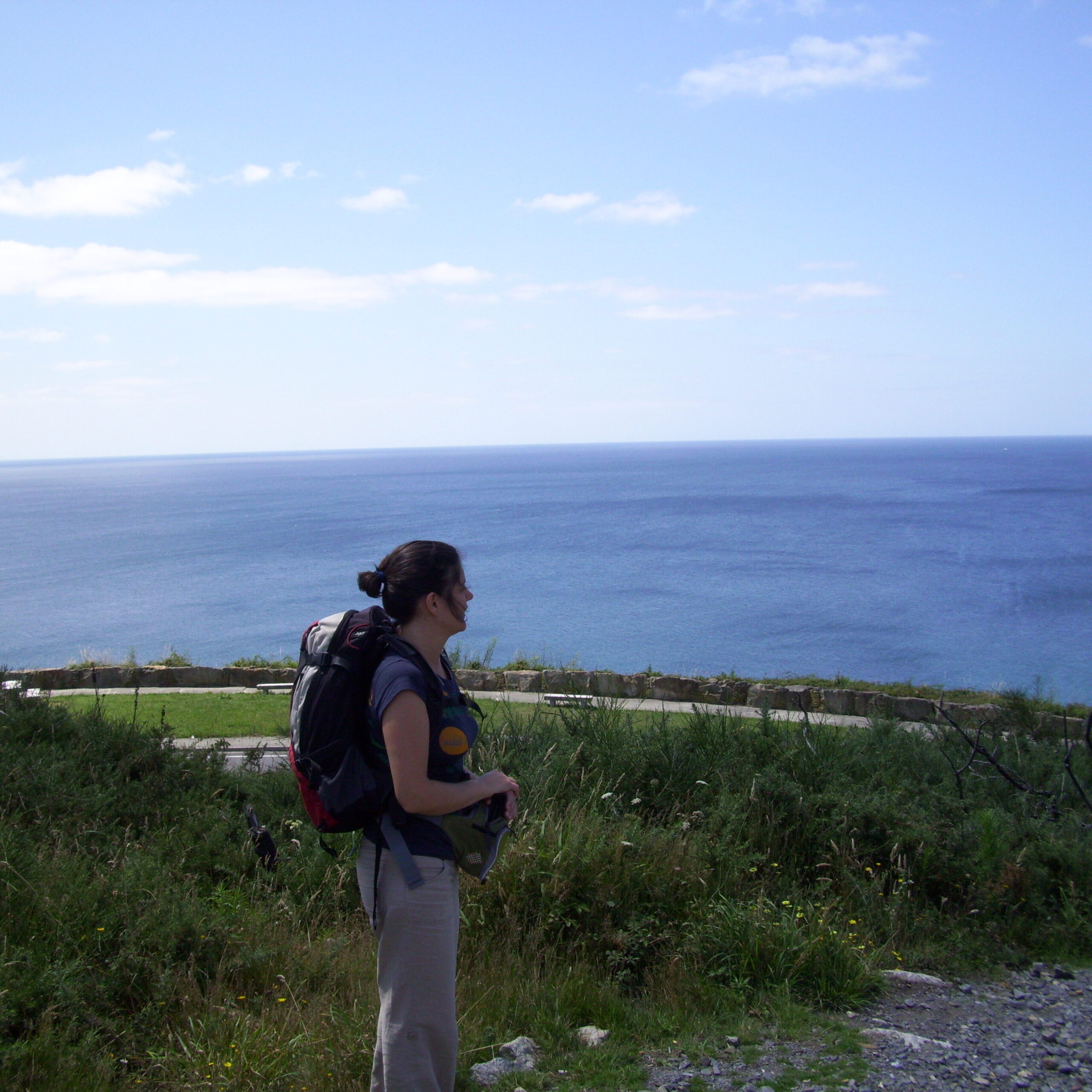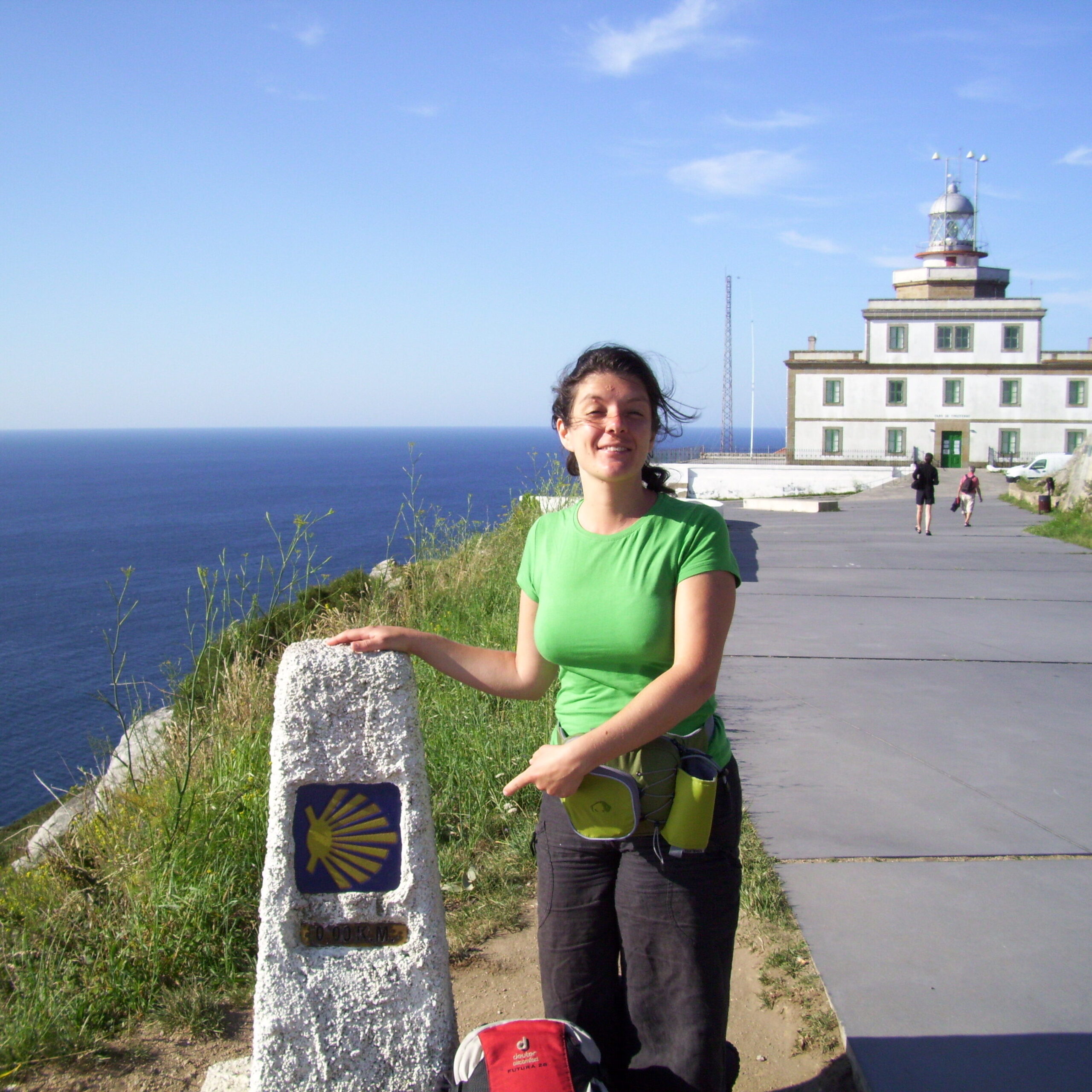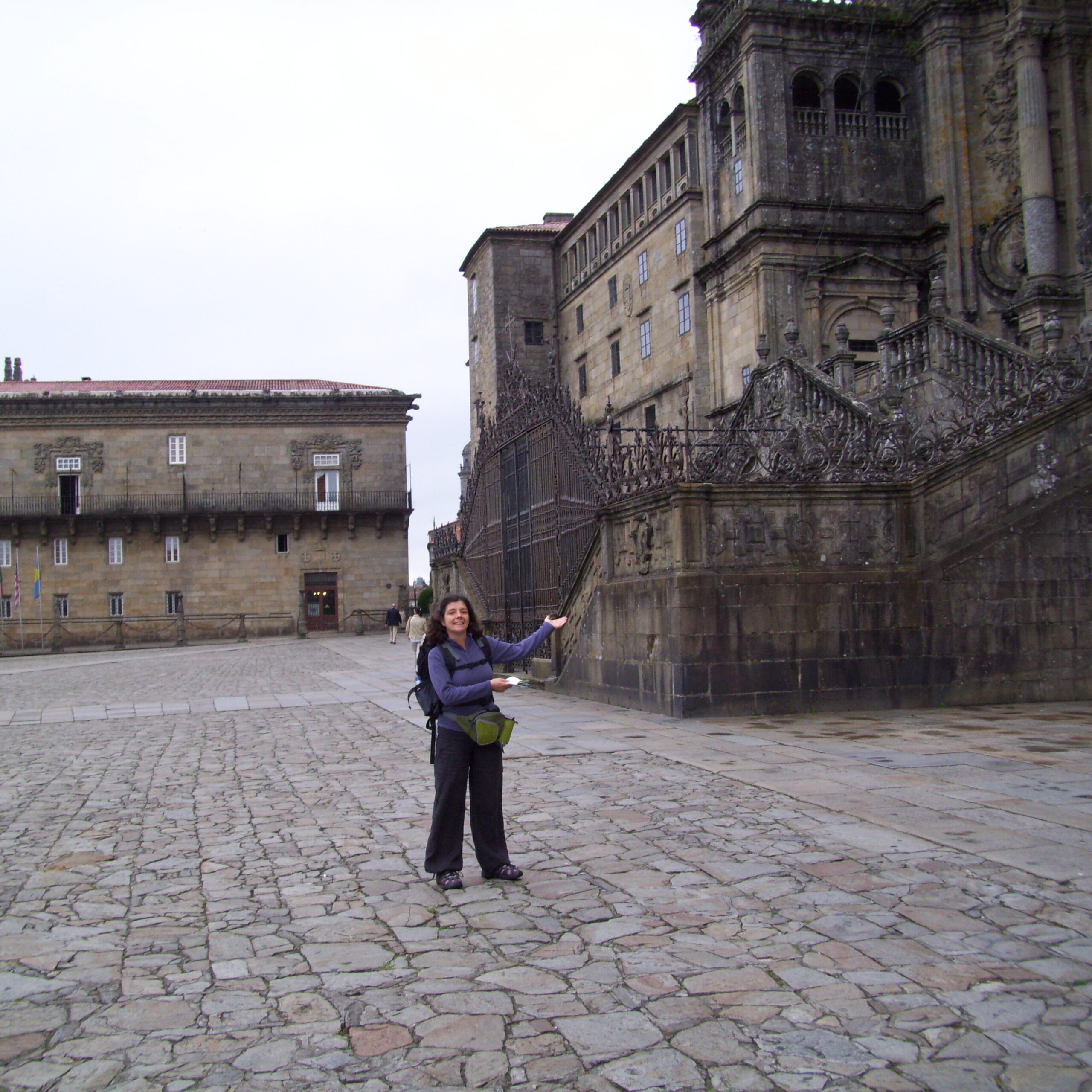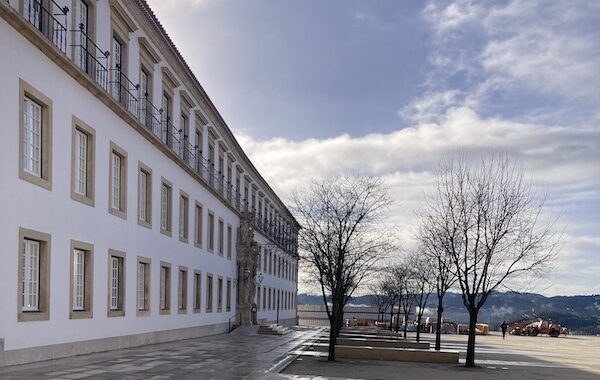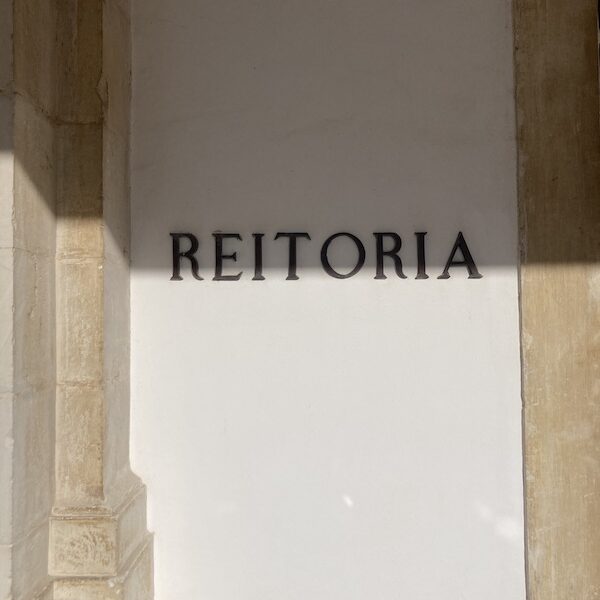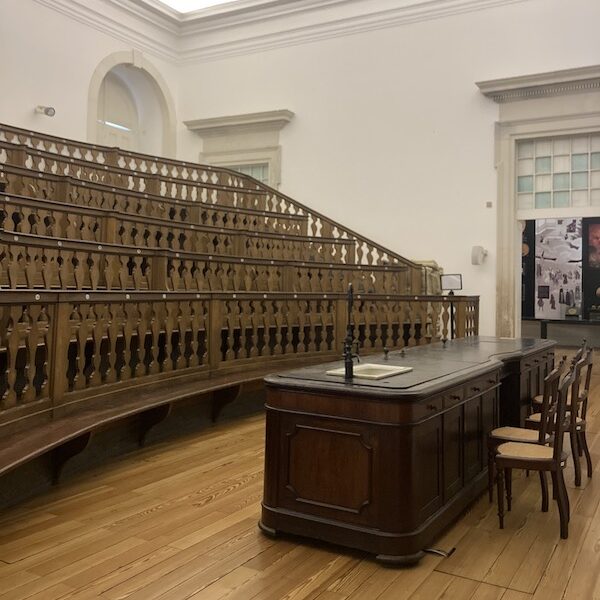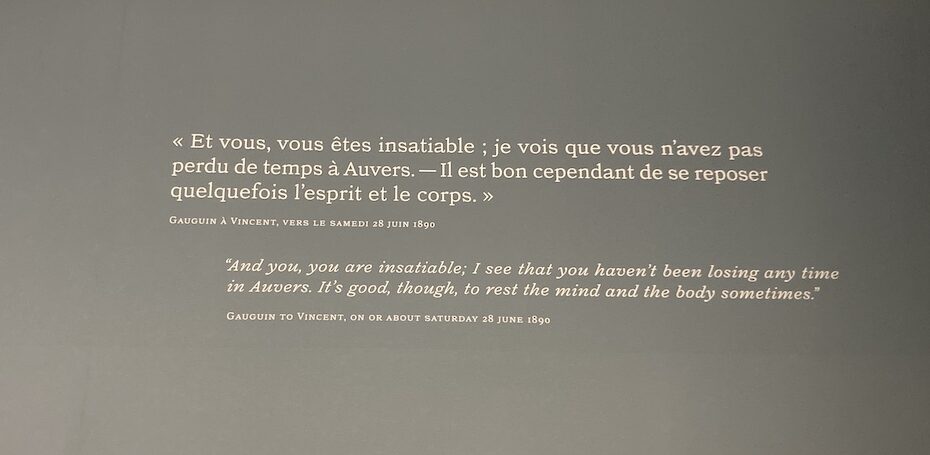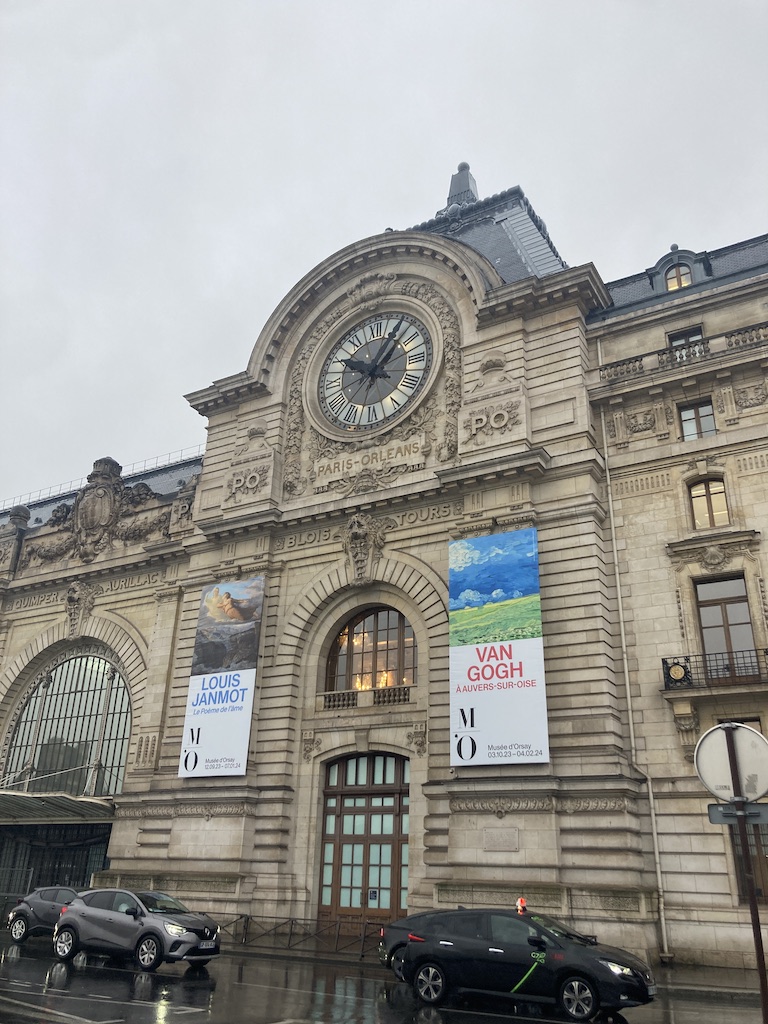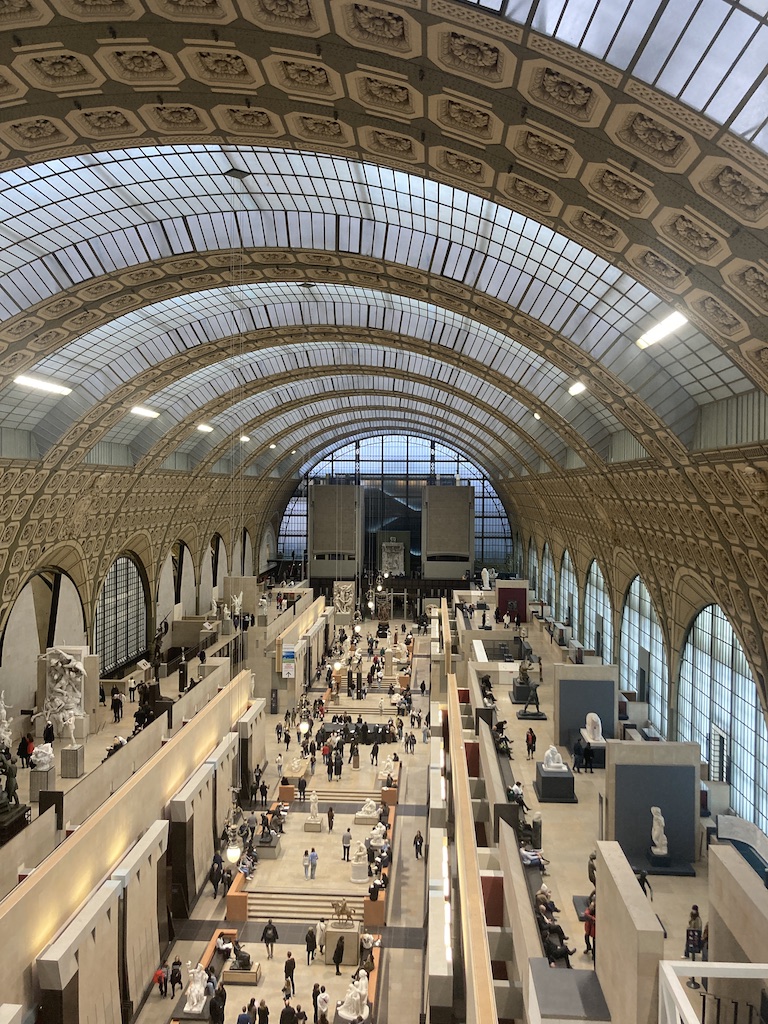Despite choosing a semi-nomadic lifestyle, living constantly between travels in recent years, the intervals when I returned to Lisbon were filled with the joy. Joy of being close to my roots, in a beautiful city with its unique light and coziness, and home to some of the people I love the most in the world. I particularly remember the years I worked in the UK and the good feeling growing inside me whenever the time to travel back to Portugal for holidays or a long weekend was approaching.
In the aftermath of the pandemic, during one of these returns, when I realized it would not be possible to go back to England, I thought that this unexpected stay in Lisbon could be used to honor my city and enjoy it leisurely, calmly, giving me the space to figure out what I was going to do with my life from then on. Little did I know that, during my walks through its streets, Lisbon would reveal more to me than just a confirmation of the passion I have for it.
I spent a couple of months wandering around Lisbon, on unhurried and plan-free days, just enjoying. In my leisurely pace through a city that had known me in a rush for so many years, I chose to observe its streets as if I had never seen them before. One day at Rossio, I stopped right in front of the National Theater D. Maria II. How many times had I been there? Countless. Yet, I am sure that, on that day, it was the first time I truly looked at its facade. It has been there since 1846, but only at that moment did the pillars, windows, and beautiful statues guarding the main entrance start to exist for my eyes.
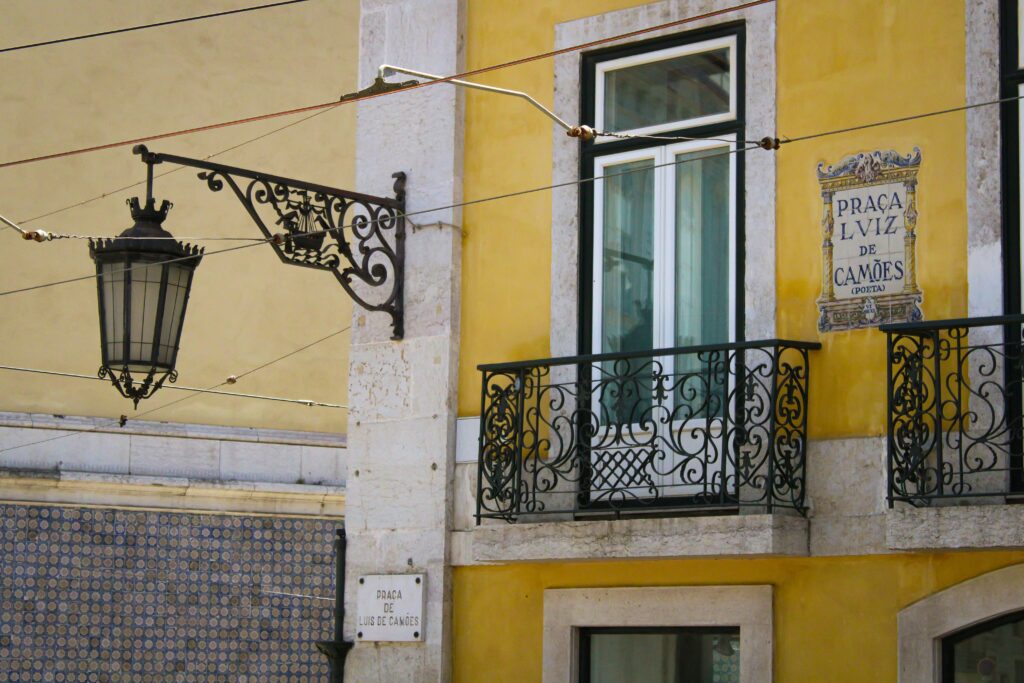
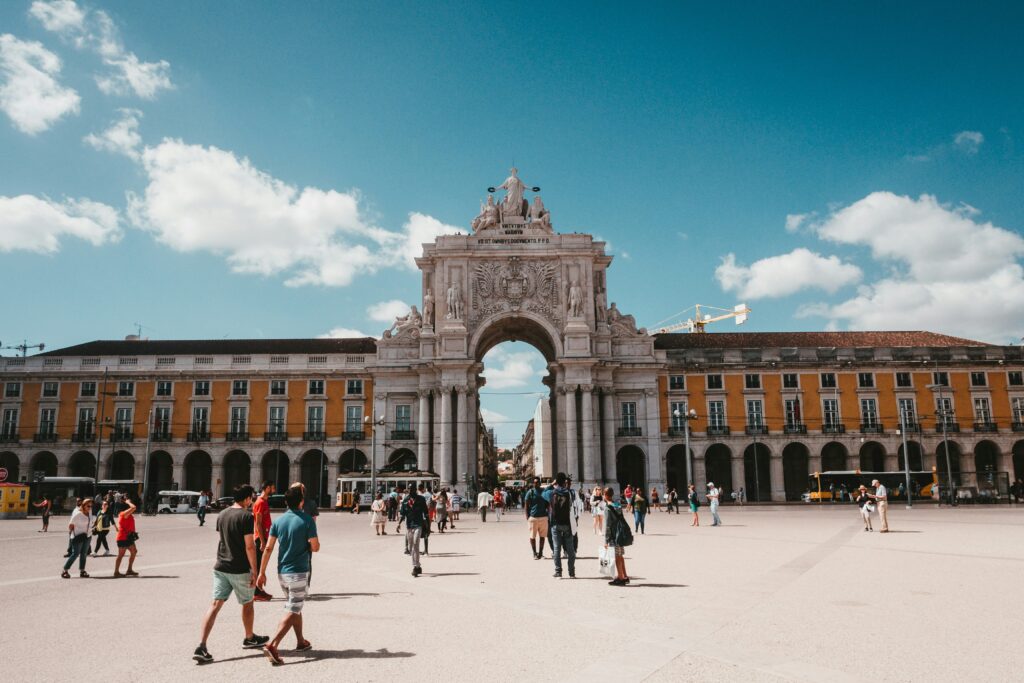
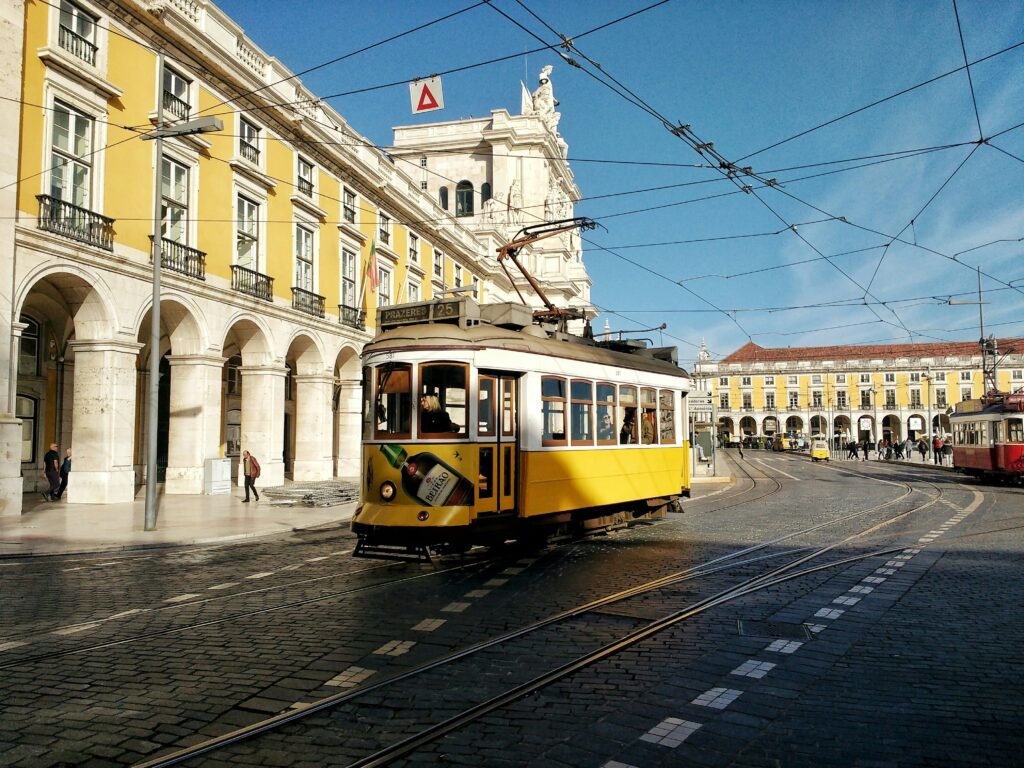
I also realized that, unlike London, a huge and impersonal city where I felt the weight of loneliness, it was not hard to find old friends in Lisbon. It happened more than once, during these aimless walks, to encounter a familiar face that sat, by chance, in the empty chair next to me on the subway. Taking advantage of the coincidence, we decided to get off at the same station to walk to one of the terraces on Rua Cor de Rosa in Cais do Sodré and talk about life, arrivals, departures, and plans for the future. On the way, we stopped suddenly, amazed by street artists playing on Rua Augusta, becoming aware of where we were: one of the most beautiful streets in the world, connecting the city center to the Tagus River, ending in an impressive Triumphal Arch, opening to Terreiro do Paço, where the city surrenders to the river.
These were very good months, during which I confirmed, in my slow rhythm, my love for Lisbon also in familiar places like Chiado, which welcomed me during my academic years, where hipster shops and gourmet restaurants bloom wherever there is a small space. Or the old Bairro Alto, guardian of some of the unspoken secrets of my adolescence and, alongside Fado houses and typical restaurants, hosts art galleries, second-hand bookshops, artists’ studios, tattoo shops, bars, and nightclubs.
Lisbon is the place where I was born, where I grew up, and where I began to be the person I am today. It has been the witness of the best and worst life has offered me. It was so good to feel welcomed by it during those months, giving me time for it to reveal to me that my future, at least the immediate future, would not be here. During my walks, Lisbon showed me that it was succumbing to gentrification, unrestrained haste, mass tourism, and loss of character. Lisbon was in a hurry to enjoy the prominence that international eyes had suddenly given it, and a part of it got carried away, enchanted, without thinking about the consequences. And I, who was on the exact opposite movement, in search of a life lived leisurely, more authentically and close to nature, I realized that in order to keep my love for my city, I had to step away.
Deciding that it was not in Lisbon that I would live, made it an even more beautiful and sunny city, confirming my unconditional love for it. Sitting quietly by the Tagus River, eating an artisanal ice cream near the Cais das Colunas, I bid farewell on the eve of moving to Alentejo, where I currently live and from where I depart and return from my travels and adventures around the world. This decision reinforced the fascination and pride I have for my hometown, in which I still trust that someday it may tell me that the time has come to welcome me back entirely.
